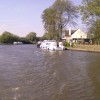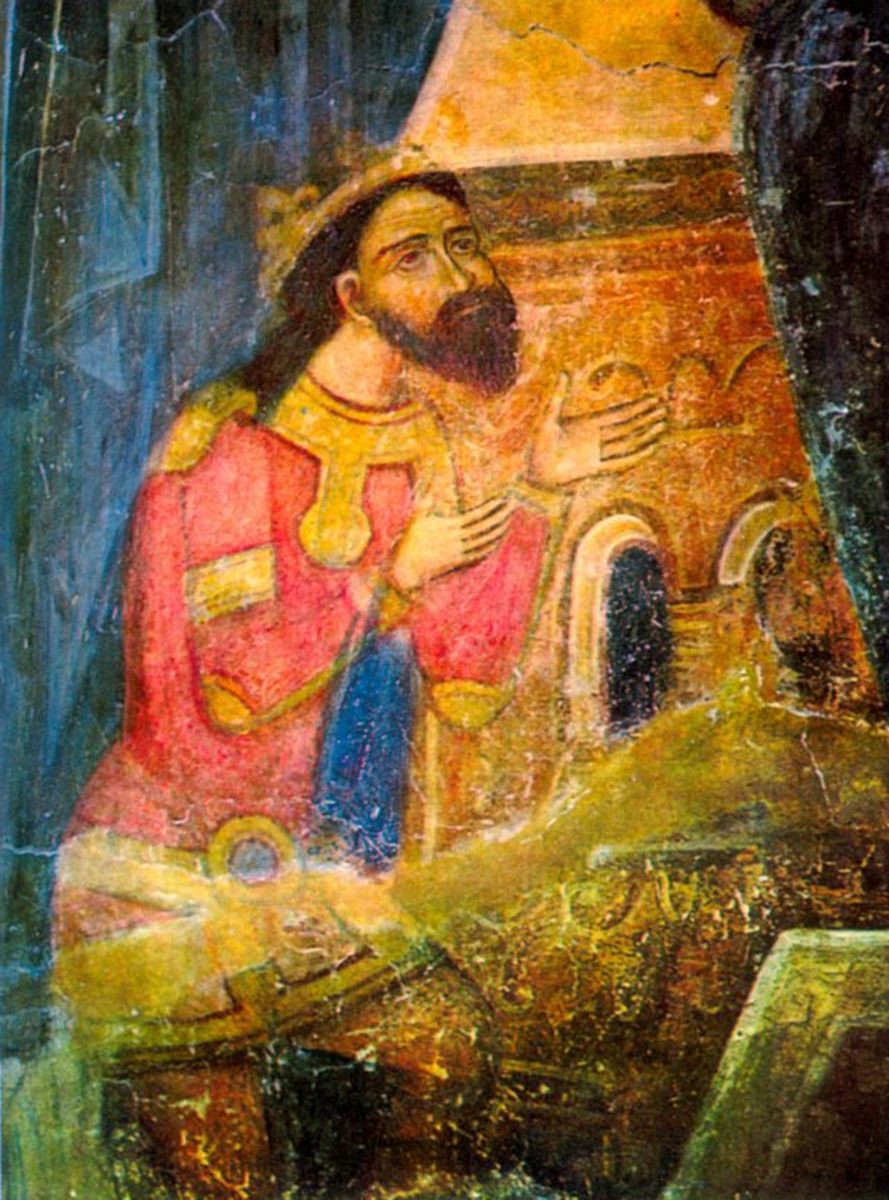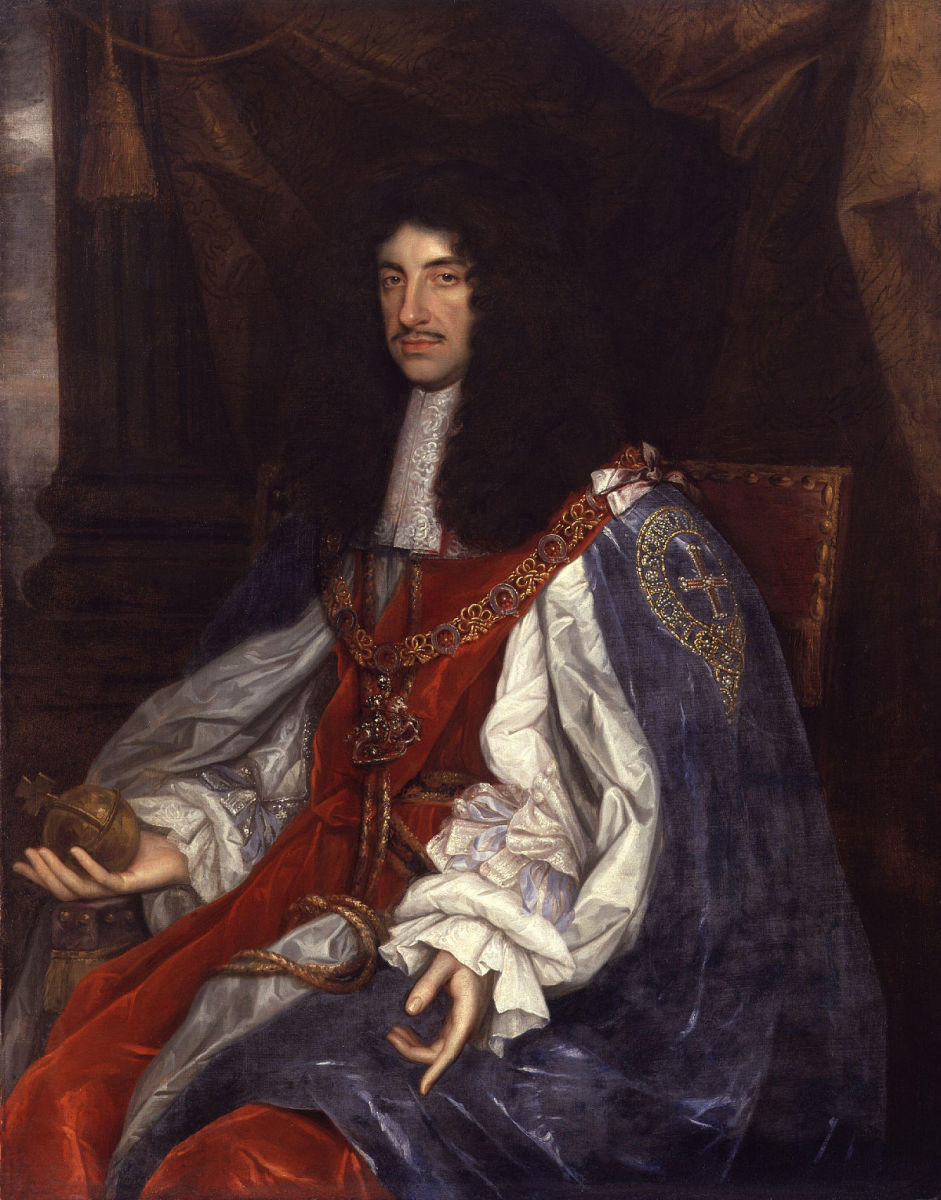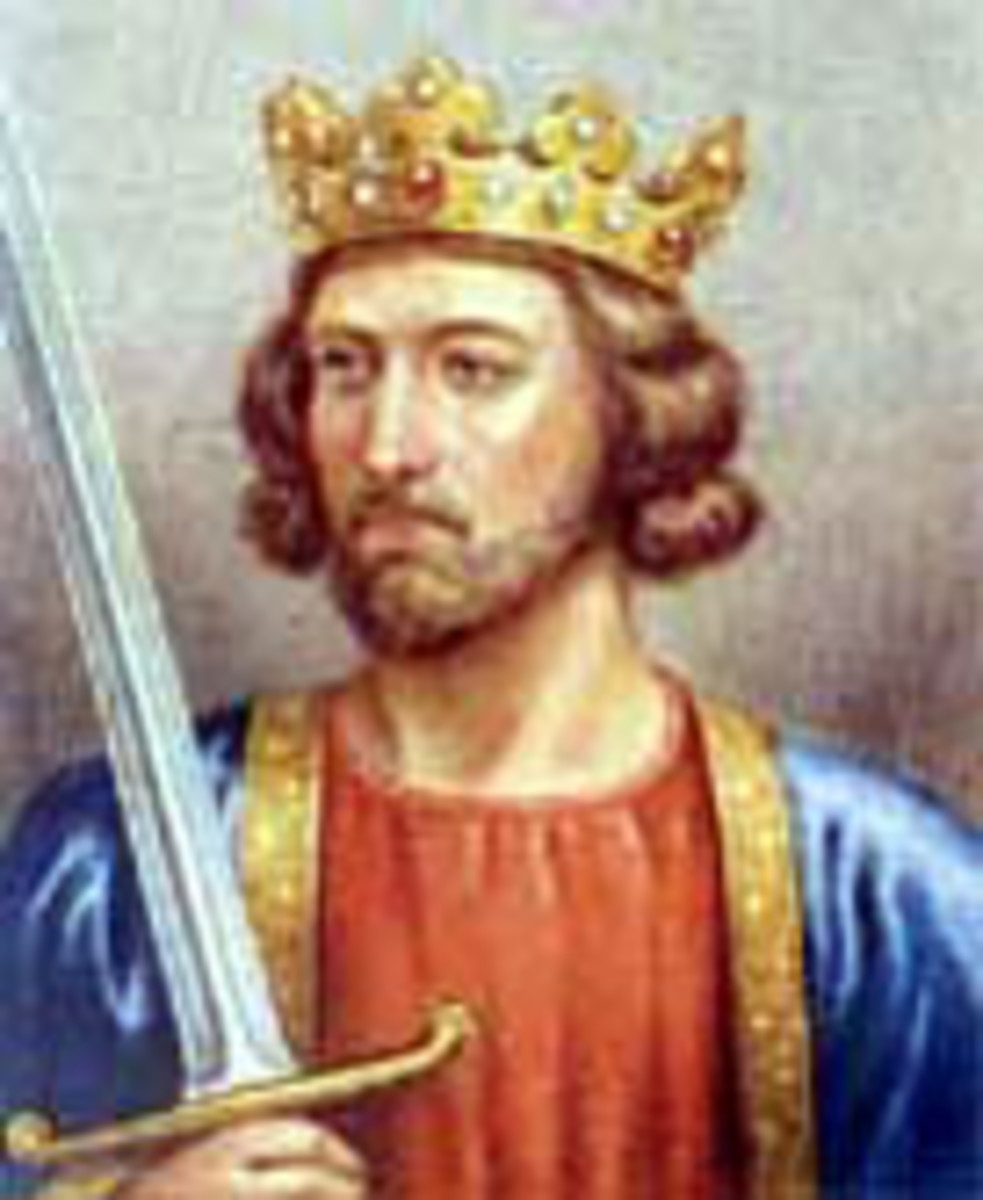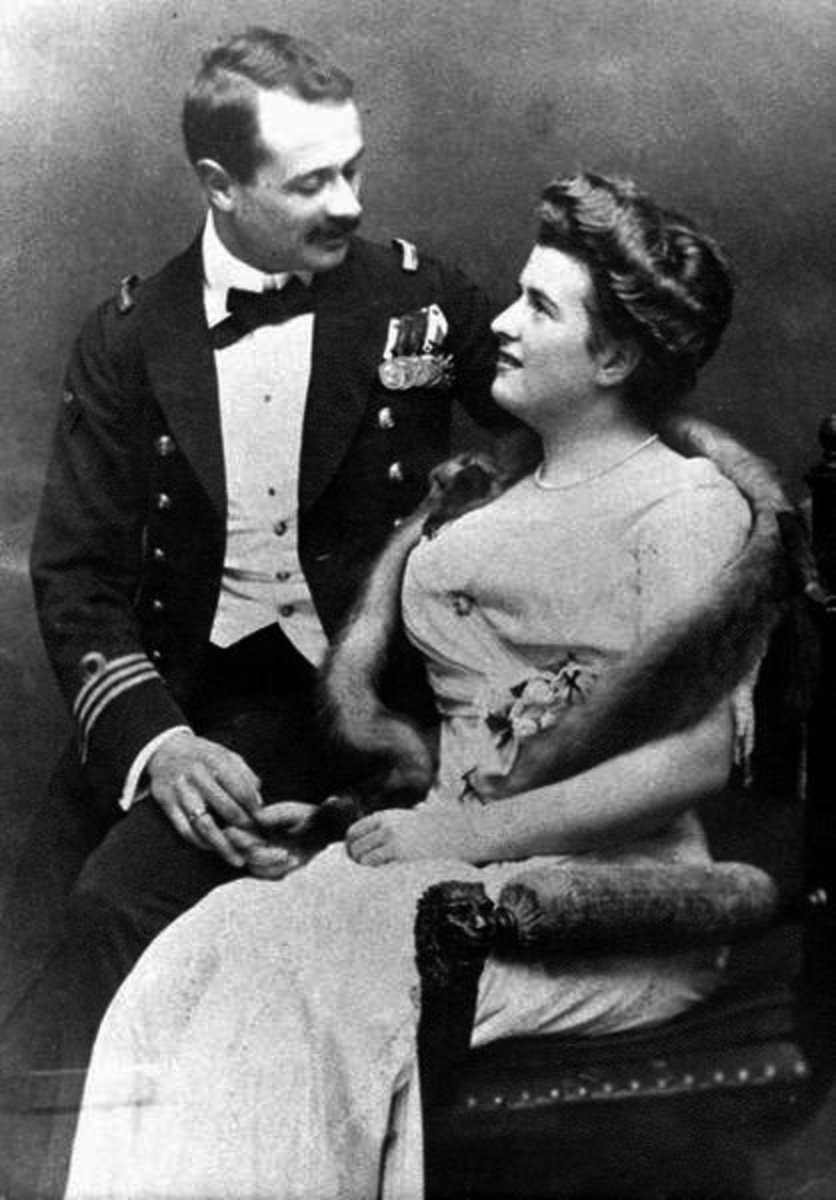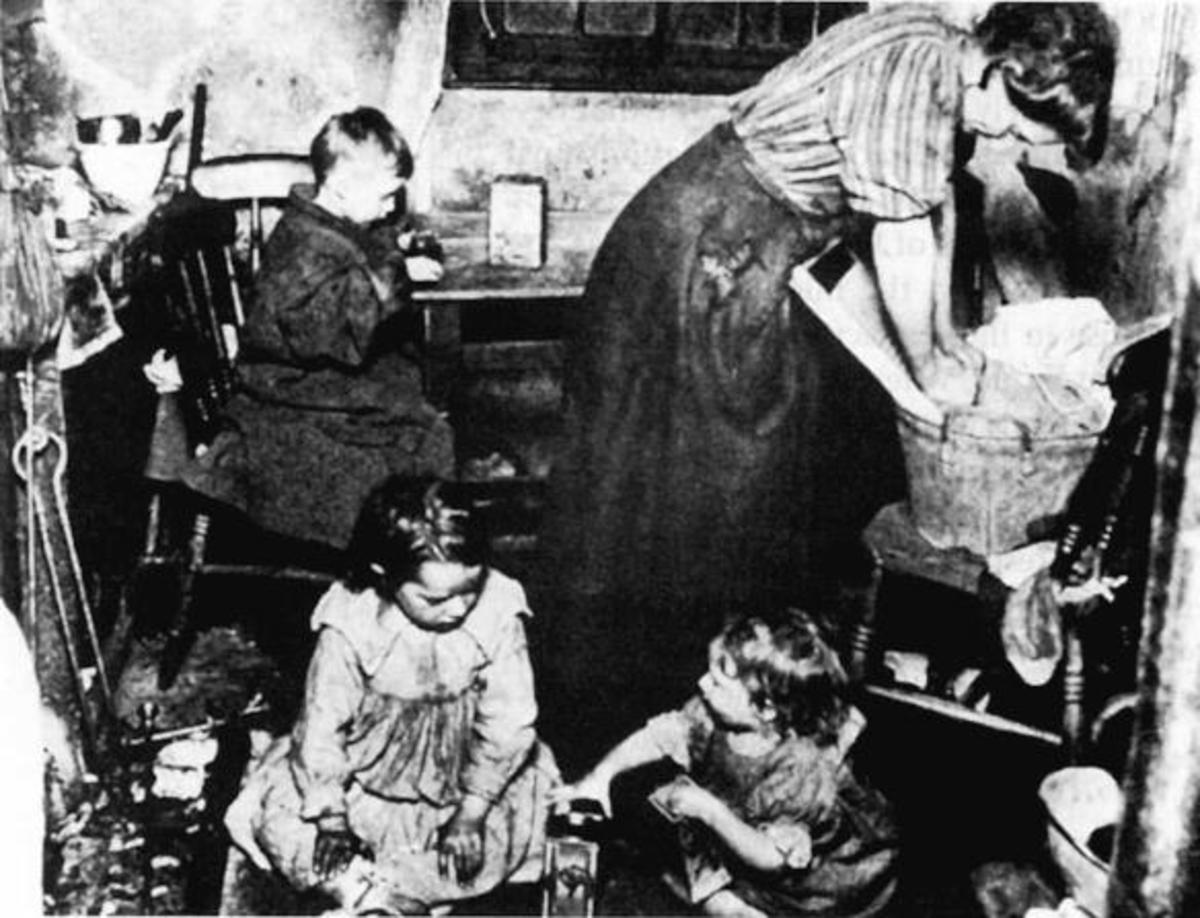- HubPages»
- Education and Science»
- History & Archaeology»
- History of the Modern Era
King Charles II and his escape from England and certain death
The future King Charles II was born on 29th May 1630 an event that was celebrated throughout London with church bells ringing and the lighting of beacons to carry the news across the country. The child grew up in a happy family atmosphere surrounded by friends and little brothers and sisters who regularly joined him in his nursery. The happy child received guidance and was told to be “courteous and civil to everybody” by his Governor the Earl of Newcastle. As the young king was growing up his father was wrestling with difficulties in the country. On 19th August 1642 his life changed for ever with the raiding of the royalist battle standard at Nottingham in the first action of the English Civil War. Charles accompanied his father, the King, to battle but by 1644 the Puritans had organised their cavalry called the “Ironsides” well trained soldiers led by Oliver Cromwell. At a tremendous battle at Marston Moor they Royalist army was beaten and the King gave the Prince Of Wales, now aged 15 command of his forces in the West. Following a further defeat at Naseby later in that year the King entreated his son to escape.
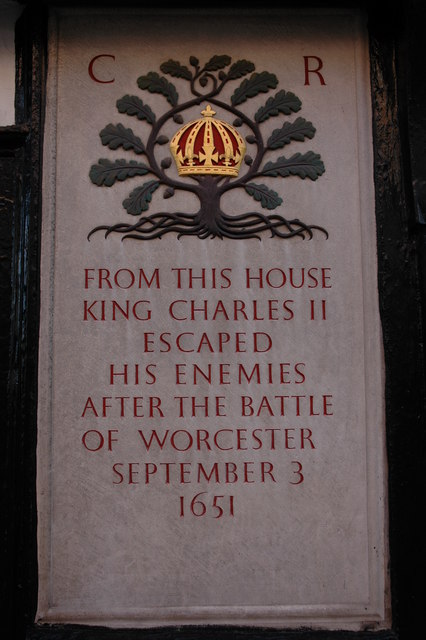
The Flight to France
On 2nd March 1646 Prince Charles left Pendennis castle in Cornwall for the nearby Isle of Scillies where there was little food or accommodation for his soldiers and the remnants of his court. Moving onward to Jersey the prince found conditions a little more comfortable but then obeyed his mother and went to France to be with her, arriving with a court ready to adapt to a new life in France for the time being. The Prince became King after the execution of his father on 30th January 1649 despite the personal appeals of the prince to any head of state who would listen to him.
Charles sought support to regain his throne from Scotland as Cromwell’s victory in Ireland had stopped help from that direction. Charles signed a decree stating that he would reform his bad habits ( a sociable man who drank and had an illegitimate child) and agree to protect the Presbyterian religion in Scotland and keep its faith himself and through his family. It could be translated as he sold all he believed in to get the army to help him revenge his fathers death and gain the crown.
Return to Scotland
King Charles II arrived in Scotland in the late summer of 1650 and whilst the Scottish ministers organised their army to repel Cromwell’s attack, Charles was left to listen to the sage advice of pious ministers and religious leaders, under virtual imprisonment .The organisation of the army was on a religious basis. Seasoned Scottish troops were replaced by the sons of ministers and devout Presbyterians who had never been in battle. The army did not stand a chance against Cromwell’s well led, well trained Ironsides. The major battle was in Scotland at Dunbar which lasted just one hour and resulted in the death of three thousand Scots and the capture of at least ten thousand , many of whom were never to return to Scotland, being shipped abroad to work in the New World Plantations. The English, led by Cromwell sustained fairly light casualties with 20 deaths and 58 men wounded- all in the space of one very hectic hour. King Charles used this opportunity to try and break away from his Scottish guards but this action known as “The Start” was discovered and he was quickly caught and returned although with greater freedom of movement.
The failure of the Scottish attack
Charles was crowned King In Scotland and allowed to head the new army that had been raised, yet when he entered England he met with little welcome from the people receiving few reinforcements to their numbers as they passed through the towns of the North and the Midlands. The English were aware of the fate awaiting traitors and had no wish to join the army of the King as it was a Scottish army with a King who had agreed to impose the Presbyterian faith; few cavaliers would risk their lives for him.
In August 1651 the King’s forces arrived in Worcester in the centre of England to find that the Parliamentarian forces were in the next town and duly a year after the Scottish defeat at Dunbar, Cromwell again destroyed a mainly Scottish army at Worcester. This battle was not the walk over at Dunbar and lasted some four to five hours, of fierce fighting on both sides, realising that the battle was lost Charles escaped and started his adventures to avoid captivity. King Charles tried to split from his conspicuous troops later remarking that “I could not get rid of them now I had a mind to it”. Eventually he managed to escape in a small group of loyal companions and for some time remained a hunted man with a price on his head within his own country.
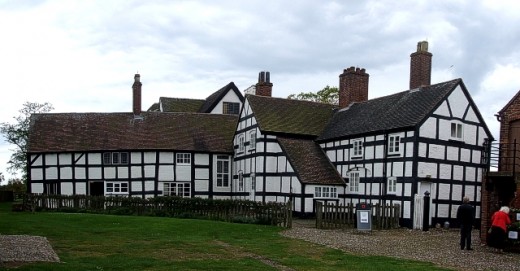
A fugitive from the law
King Charles became indebted to the Penderell brothers for saving his life. They were from a catholic family and had a network of secret chambers and tunnels in which they had housed catholic priests to continue practising their faith in secret. Arriving at their Shropshire manor house, Charles received succour and sound advice which resulted in him spending his day hiding in the nearby Boscobel Wood whilst the Parliamentarians beat through the undergrowth looking for him. There are stories of the Kings gallantry- of how being taken to the River Severn they had to cross a river which his guide could not summon the courage to cross. The King helped the Richard Penderell to cross the river becoming as dirty, worn and tired as the poorer landowner. On their return to Boscobel following the abortive river trip the King met a fellow refugee Major Careless and they spent the next day in a large oak tree where the King slept soundly in his friends arms. At night there was a further conference with the Penderell family and it was decided that another Penderell, Humphrey should take the King to the home of Colonel Whitegreaves where a catholic priest Father John Huddlestone agreed to help the King.
The next part of the plan was that the King was taken to the home of Colonel Lane whose daughter Jane had a pass for herself and a servant to travel to Bristol, a port on the South West of England, it was hoped that King Charles would then be able to take a boat to France. The brave Jane set off with her servant King and managed to get to Bristol without interference but the King had some encounters with a blacksmith and a soldier but maintained his identity as Will Jackson, my lady’s servant. There was not a passage to be had in Bristol so the King travelled across the south coast looking for a ship , all the time surrounded by posters detailing the reward for his capture.
Once in Brighton the Prince now joined by a few friends found a Captain Tattersall who was willing to take them across the channel to France. Worried that the Captain would report them to the authorities the King and his friends kept the good captain with them drinking, until they left the port, arriving safely in France. When he arrived in France the King told a number of false stories in order to protect those people who had helped him- once rumours circulated it was difficult to tell the truth from the rumour. King Charles spent his days roaming around Europe on a small pension from the French , dreaming of regaining his crown but with little support or hope of doing so.
The crown regained
In the autumn of 1658 Oliver Cromwell died ; royalists in England felt more able to unite and quietly voice their support of the King. A secret group “the sealed knot” plotted an uprising and others plotted a coup for the summer of 1659., which was a disorganised failure. King Charles, waiting in Calais was left waiting yet the situation in England imploded as the Cromwell’s successor, his son, Richard, was unable to control the various Puritan factions with the skill that his father had demonstrated. The Parliament, the governing body had fallen out with the army and the nature of their strong rule had already lost them the loyalty of their subjects, loyalty had been replaced by fear. The King was an easy, natural alternative and a wave of Royal Fervour began to sweep through the country. Samuel Pepys, the celebrated diarist wrote in his diary that men no longer drank to the King in secret but in public view in taverns, without fear of the authorities. The King moved his court to Breda in Holland receiving support from many English royalists whilst awaiting the Scots to move. The Scots under George Monck set about establishing law and order in the country and the King dictated the terms on which he would return, that the country would be Anglican but would allow other religions to practise. He also acknowledged the power of the Parliament agreeing that they would be best placed to make difficult decisions. King Charles returned to England in the spring of 1660 to be crowned King on his 30th birthday- his days of escape and wanderings were over
